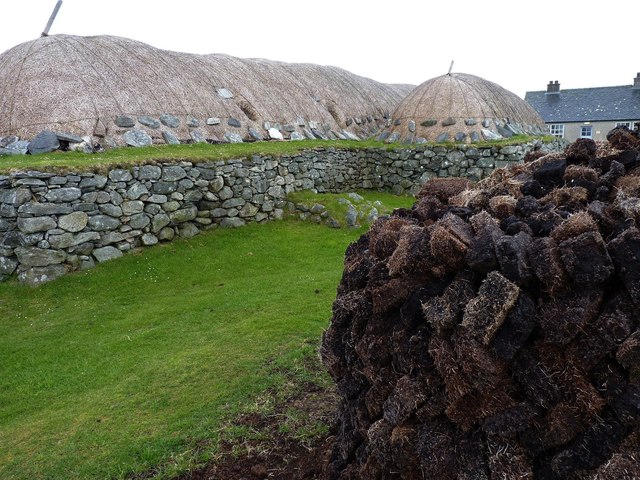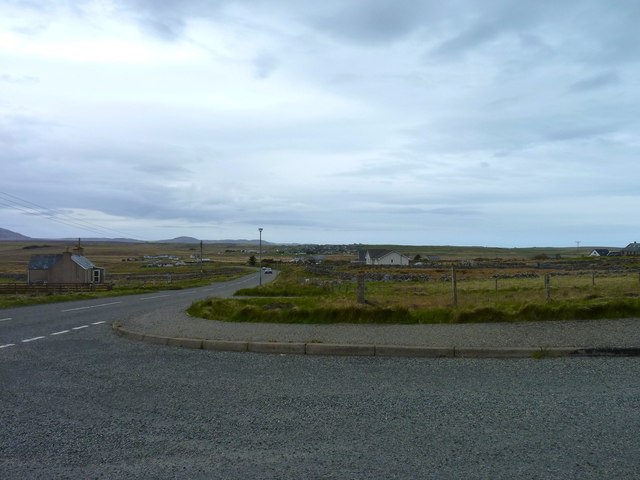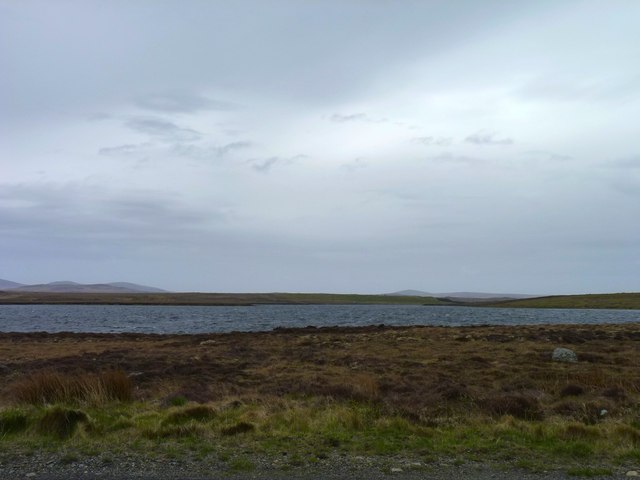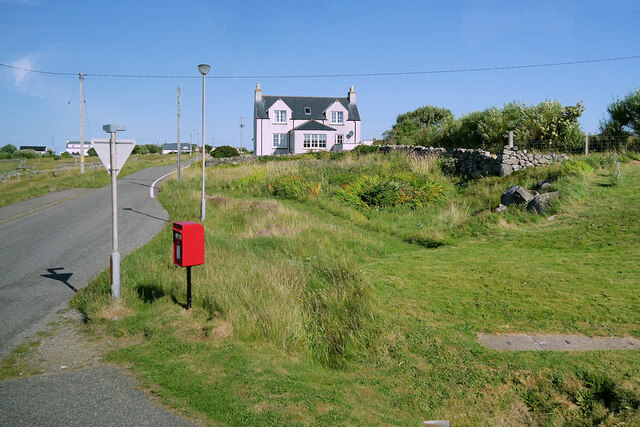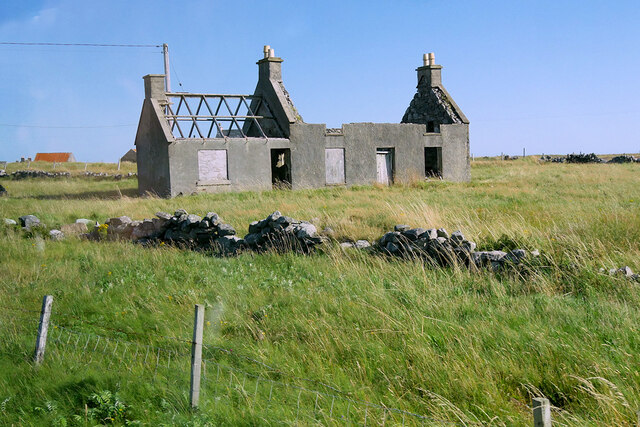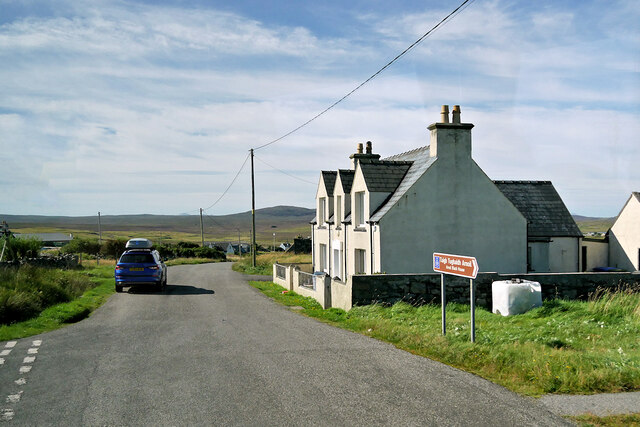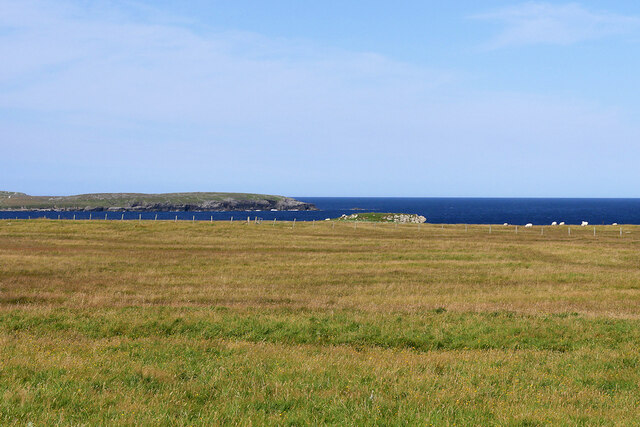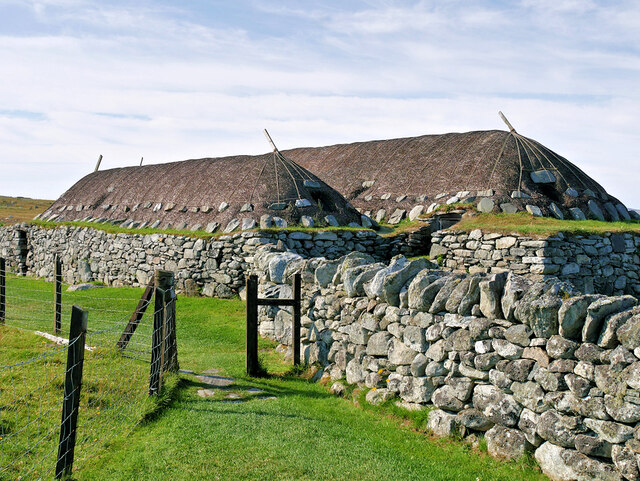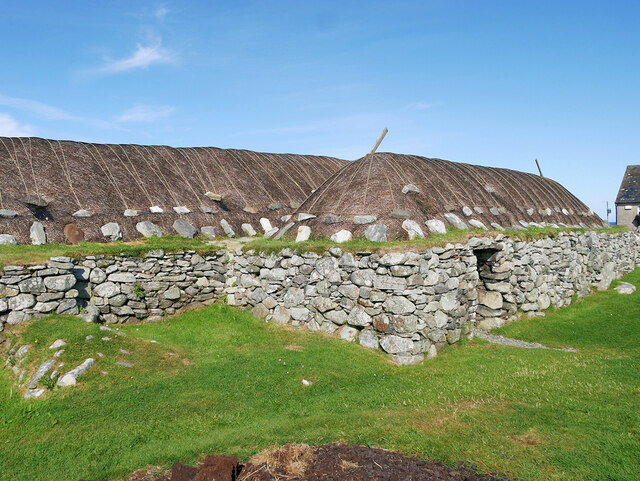Cnoc na Glas Bhuaile
Hill, Mountain in Ross-shire
Scotland
Cnoc na Glas Bhuaile
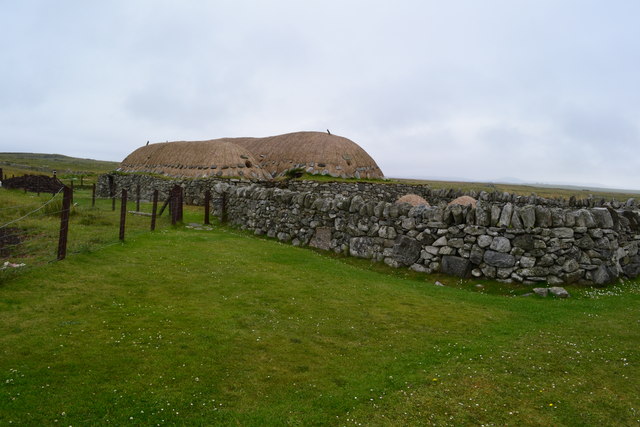
Cnoc na Glas Bhuaile is a prominent hill located in Ross-shire, in the Scottish Highlands. It is situated approximately 8 kilometers northeast of the town of Ullapool, overlooking the picturesque Loch Broom. The hill is part of the broader mountain range known as the Northwest Highlands, which is renowned for its rugged and scenic landscapes.
Cnoc na Glas Bhuaile stands at an elevation of 409 meters (1,342 feet) and provides captivating panoramic views of the surrounding area. Its distinctive shape and relatively steep slopes make it a popular destination for hikers and nature enthusiasts. The hill is covered in heather and grass, giving it a vibrant green appearance during the summer months.
The ascent to the summit of Cnoc na Glas Bhuaile can be challenging but rewarding. A well-defined path leads walkers through a mixture of open moorland and rocky terrain, offering glimpses of the diverse flora and fauna that inhabit the area. On clear days, the view from the top extends over Loch Broom and the surrounding mountains, including the iconic An Teallach and Beinn Dearg.
Cnoc na Glas Bhuaile is also notable for its historical significance. It is believed to have been used as a place of gathering and ritual in ancient times, evidenced by the presence of a stone circle at the hill's summit. This archaeological feature adds an additional layer of intrigue and allure to the site.
Overall, Cnoc na Glas Bhuaile is a captivating hill in Ross-shire, offering stunning views, invigorating hikes, and a glimpse into the region's rich history.
If you have any feedback on the listing, please let us know in the comments section below.
Cnoc na Glas Bhuaile Images
Images are sourced within 2km of 58.347358/-6.6056333 or Grid Reference NB3049. Thanks to Geograph Open Source API. All images are credited.
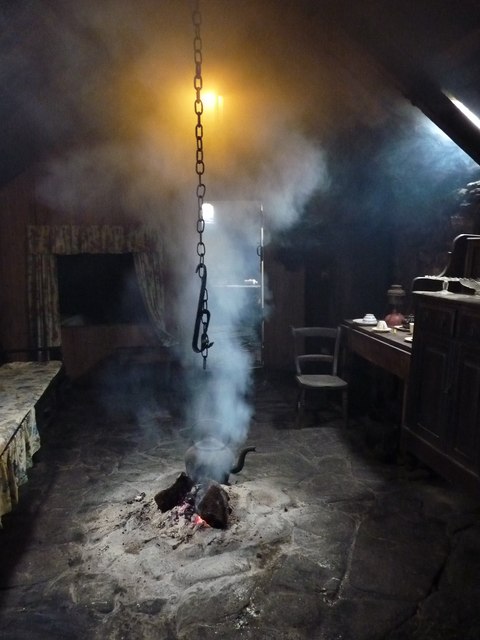
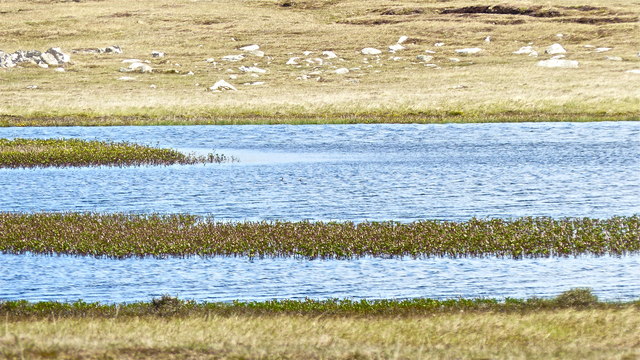
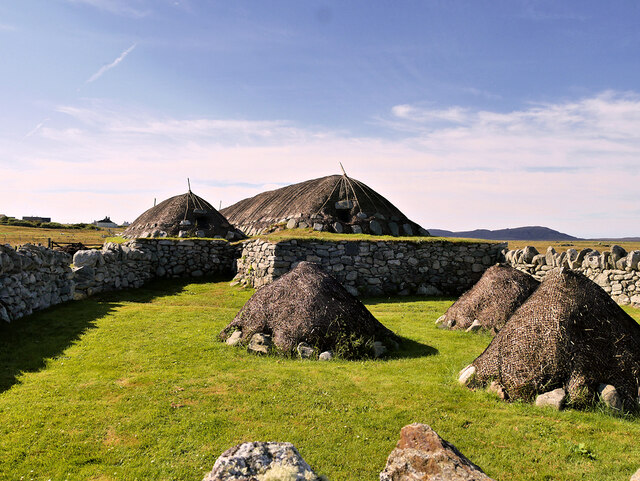
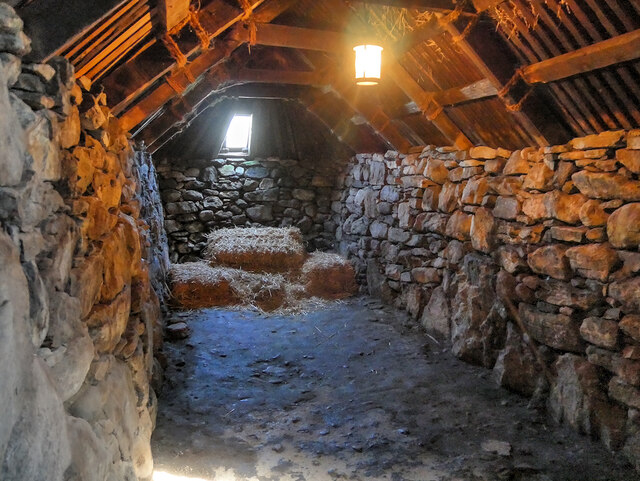
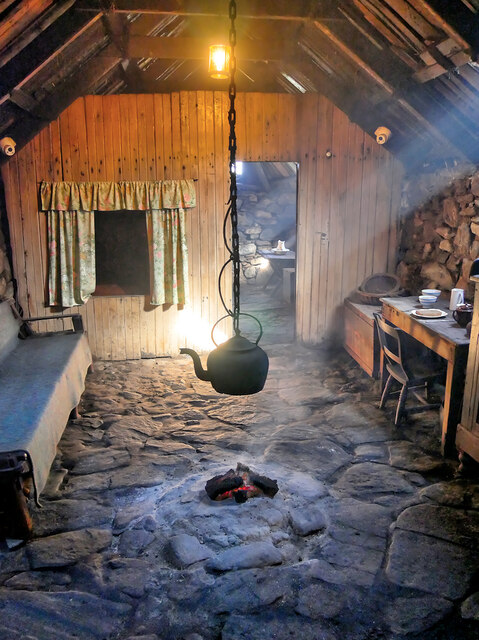
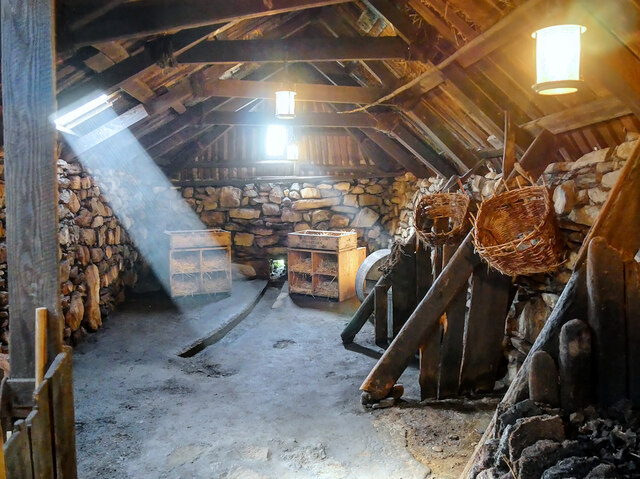
Cnoc na Glas Bhuaile is located at Grid Ref: NB3049 (Lat: 58.347358, Lng: -6.6056333)
Unitary Authority: Na h-Eileanan an Iar
Police Authority: Highlands and Islands
What 3 Words
///insiders.hooks.clincher. Near Carloway, Na h-Eileanan Siar
Related Wikis
Arnol
Arnol (Scottish Gaelic: Àrnol) is a small village typical of many settlements of the west coast of the Isle of Lewis, in the Outer Hebrides, Scotland....
Bragar
Bragar (Scottish Gaelic: Bràgar, pronounced [braːgər]) is a village on the west side of the Isle of Lewis in the Outer Hebrides, Scotland, 14 miles (23...
Brue
Brue (Scottish Gaelic: Brù) is a village on the Isle of Lewis in the West Side district, in the Outer Hebrides, Scotland. It is a crofting township and...
Mullen Bridge
Mullen Bridge is an old bridge crossing the Royal Canal in Maynooth in County Kildare, Ireland. It was built between 1790 and 1800.The bridge used to carry...
West Side, Lewis
The West Side (Scottish Gaelic: An Taobh Siar) is the name used for the (predominantly Gaelic-speaking) settlements along the NW coast of the Isle of Lewis...
Shawbost
Shawbost (Scottish Gaelic: Siabost) is a large village in the West Side of the Isle of Lewis. The village of Shawbost has a population of around 500 and...
Barvas
Barvas (Scottish Gaelic: Barabhas or Barbhas, pronounced [baravəs]) is a settlement, community and civil parish on the Isle of Lewis in Scotland. It developed...
Clach an Trushal
Clach an Trushal (Scottish Gaelic: Clach an Truiseil, Scottish Gaelic pronunciation: [kʰl̪ˠax ən̪ˠ ˈt̪ʰɾuʃal], translated to English "Stone of Compassion...
Nearby Amenities
Located within 500m of 58.347358,-6.6056333Have you been to Cnoc na Glas Bhuaile?
Leave your review of Cnoc na Glas Bhuaile below (or comments, questions and feedback).
